Health and Hygiene Awareness
The Soap Market is significantly influenced by heightened health and hygiene awareness among consumers. This trend is particularly pronounced in regions where public health campaigns have emphasized the importance of handwashing and personal cleanliness. Market data suggests that the sales of antibacterial and antimicrobial soaps have increased, as consumers seek products that offer enhanced protection against germs. This growing focus on hygiene is likely to sustain demand for soap products, as individuals prioritize their health and well-being. Furthermore, the Soap Market may witness the introduction of new formulations that cater to this health-conscious demographic, potentially expanding the range of available products.
Rising Demand for Eco-Friendly Products
The Soap Market is experiencing a notable shift towards eco-friendly products, driven by increasing consumer awareness regarding environmental sustainability. As individuals become more conscious of their ecological footprint, they are gravitating towards soaps that utilize biodegradable ingredients and sustainable packaging. This trend is reflected in the market data, which indicates that the demand for organic and natural soaps has surged, with a projected growth rate of approximately 8% annually. Companies are responding by reformulating their products to align with these preferences, thereby enhancing their market position. The Soap Market is likely to see further innovations in eco-friendly formulations, as brands strive to meet the expectations of environmentally conscious consumers.
Technological Advancements in Production
Technological advancements are playing a crucial role in shaping the Soap Market. Innovations in manufacturing processes, such as automated production lines and improved formulation techniques, are enhancing efficiency and product quality. These advancements enable manufacturers to produce a wider variety of soaps, including specialty and niche products that cater to diverse consumer preferences. Market data indicates that companies investing in technology are likely to gain a competitive edge, as they can respond more swiftly to changing market demands. As the Soap Market continues to evolve, the integration of technology is expected to drive further growth and innovation, potentially leading to the emergence of new product categories.
Increasing Urbanization and Disposable Income
The Soap Market is benefiting from increasing urbanization and rising disposable incomes in various regions. As urban populations expand, consumers are exposed to a wider array of personal care products, including premium and luxury soaps. Market data reveals that regions with higher disposable incomes are witnessing a surge in demand for artisanal and high-end soap products, which are often perceived as status symbols. This trend suggests that the Soap Market may continue to thrive as urbanization progresses and consumers seek out quality and unique offerings. Consequently, brands that position themselves effectively within this market segment could experience substantial growth.
Growing Influence of Social Media and Marketing
The Soap Market is increasingly shaped by the influence of social media and digital marketing strategies. Brands are leveraging platforms such as Instagram and TikTok to engage with consumers, showcasing their products through visually appealing content and influencer partnerships. This trend has led to a rise in brand awareness and consumer interest, particularly among younger demographics who are more likely to discover new products online. Market data indicates that companies utilizing effective social media campaigns are experiencing higher sales growth compared to those relying solely on traditional marketing methods. As the Soap Market adapts to these changes, the role of digital marketing is expected to become even more pivotal in driving consumer engagement and sales.


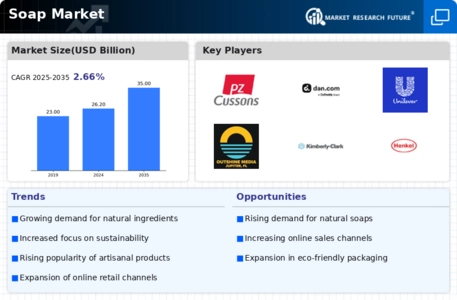
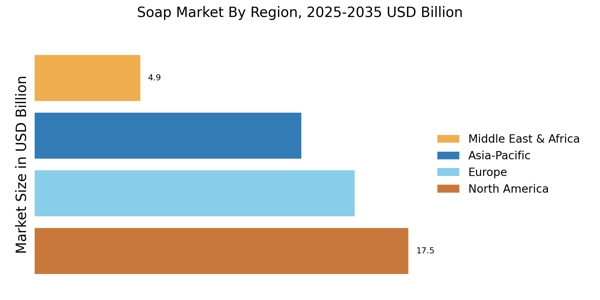
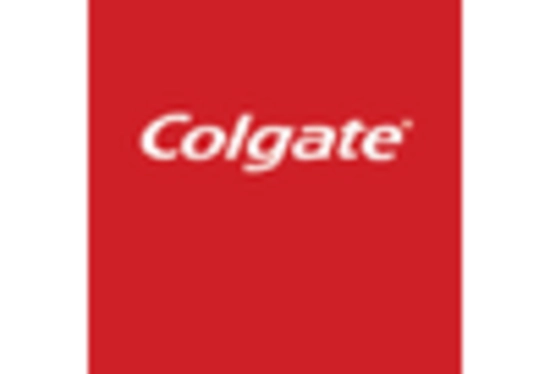
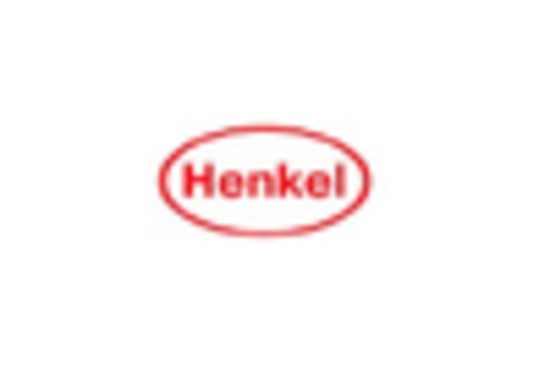
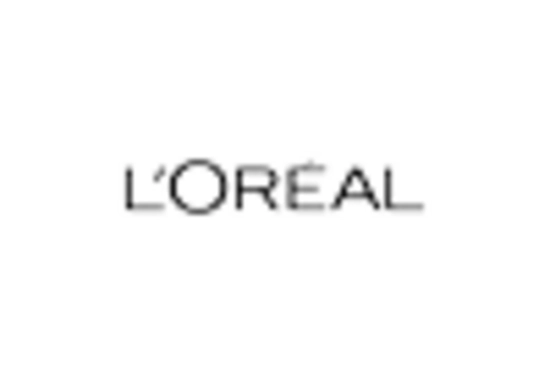
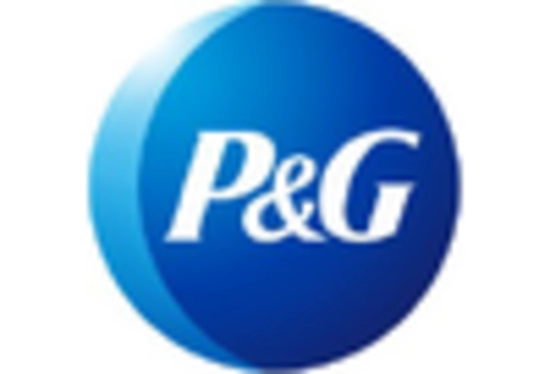
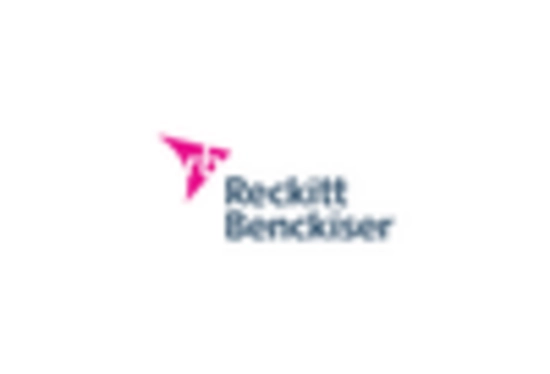









Leave a Comment